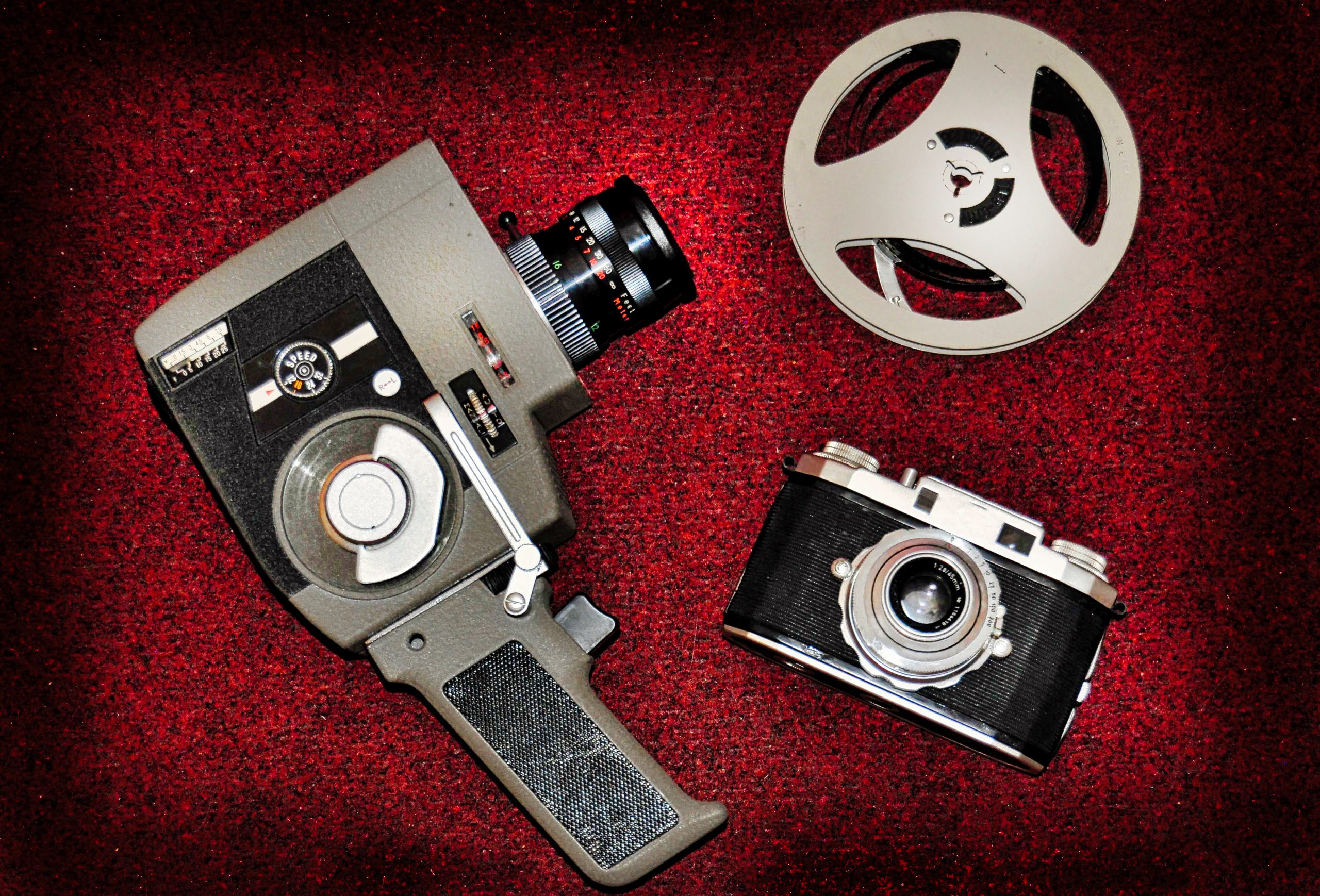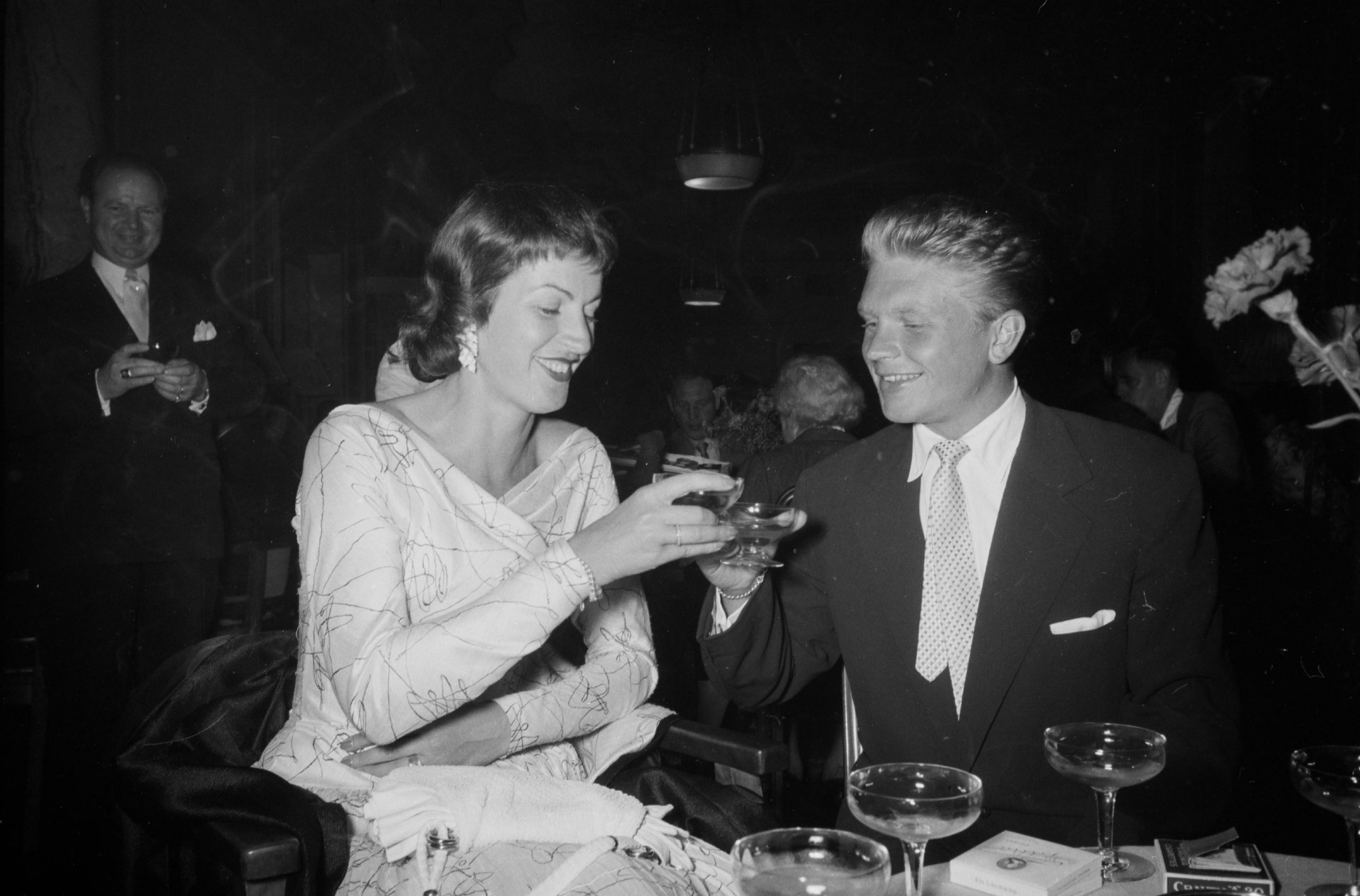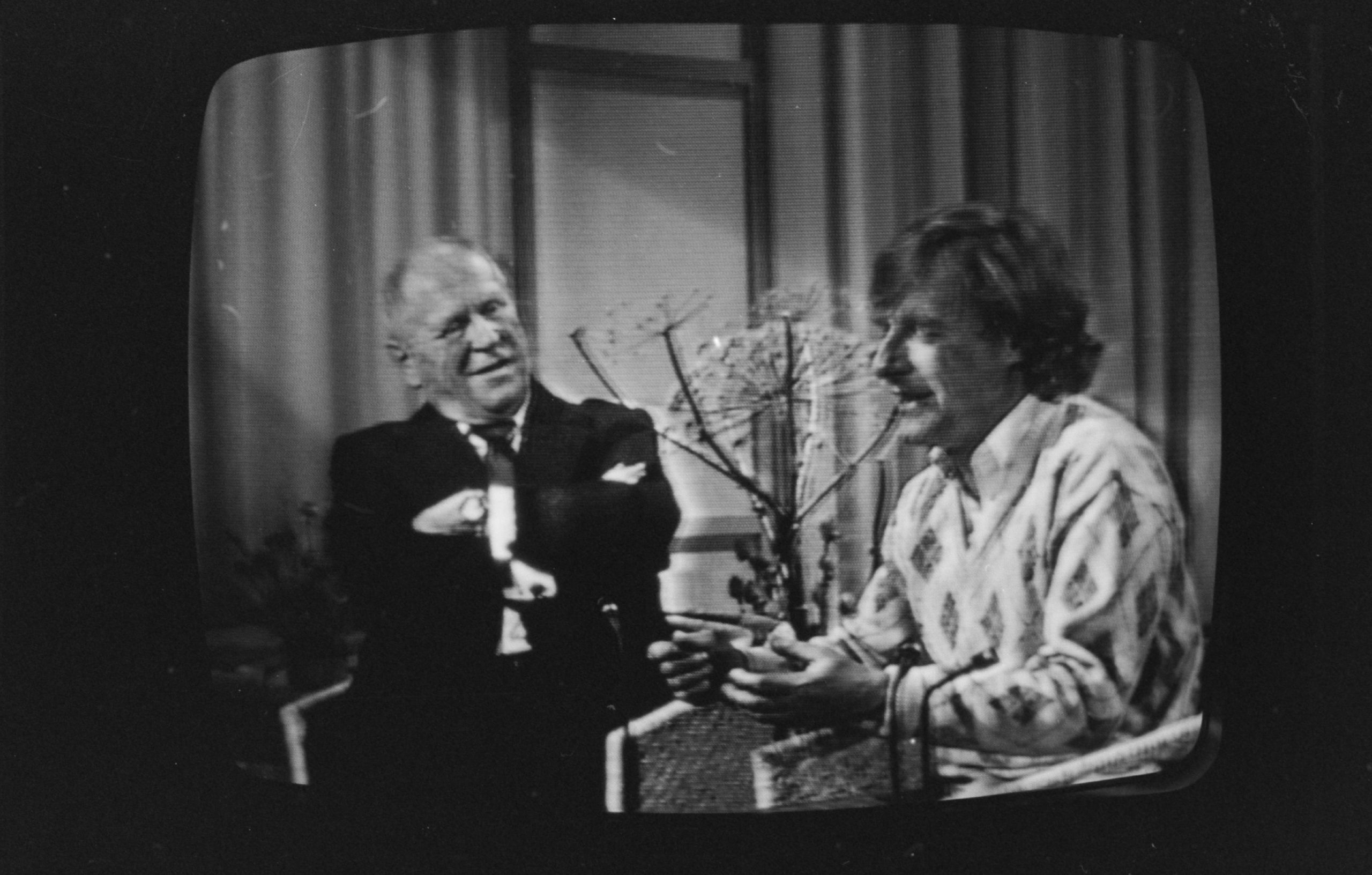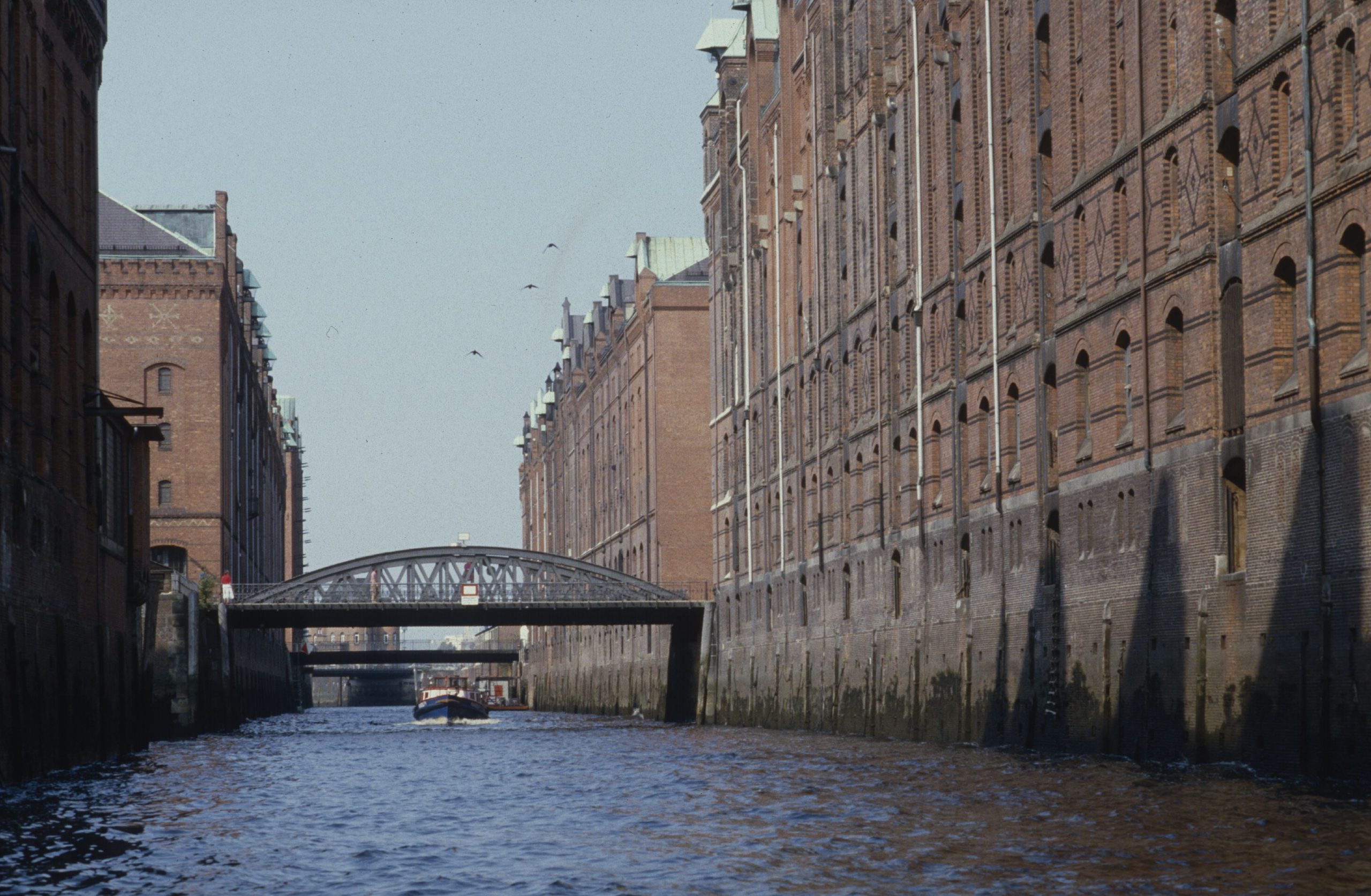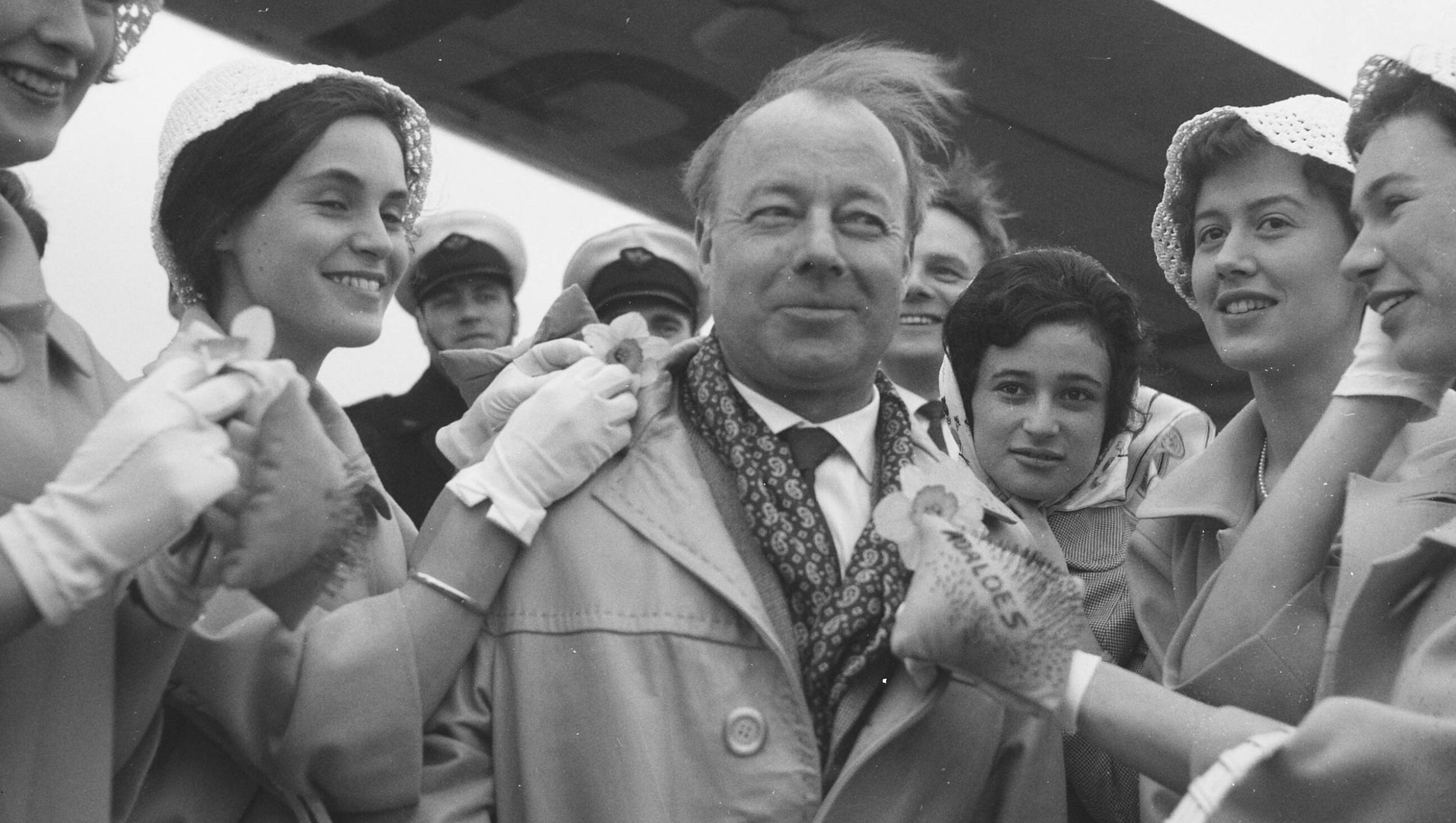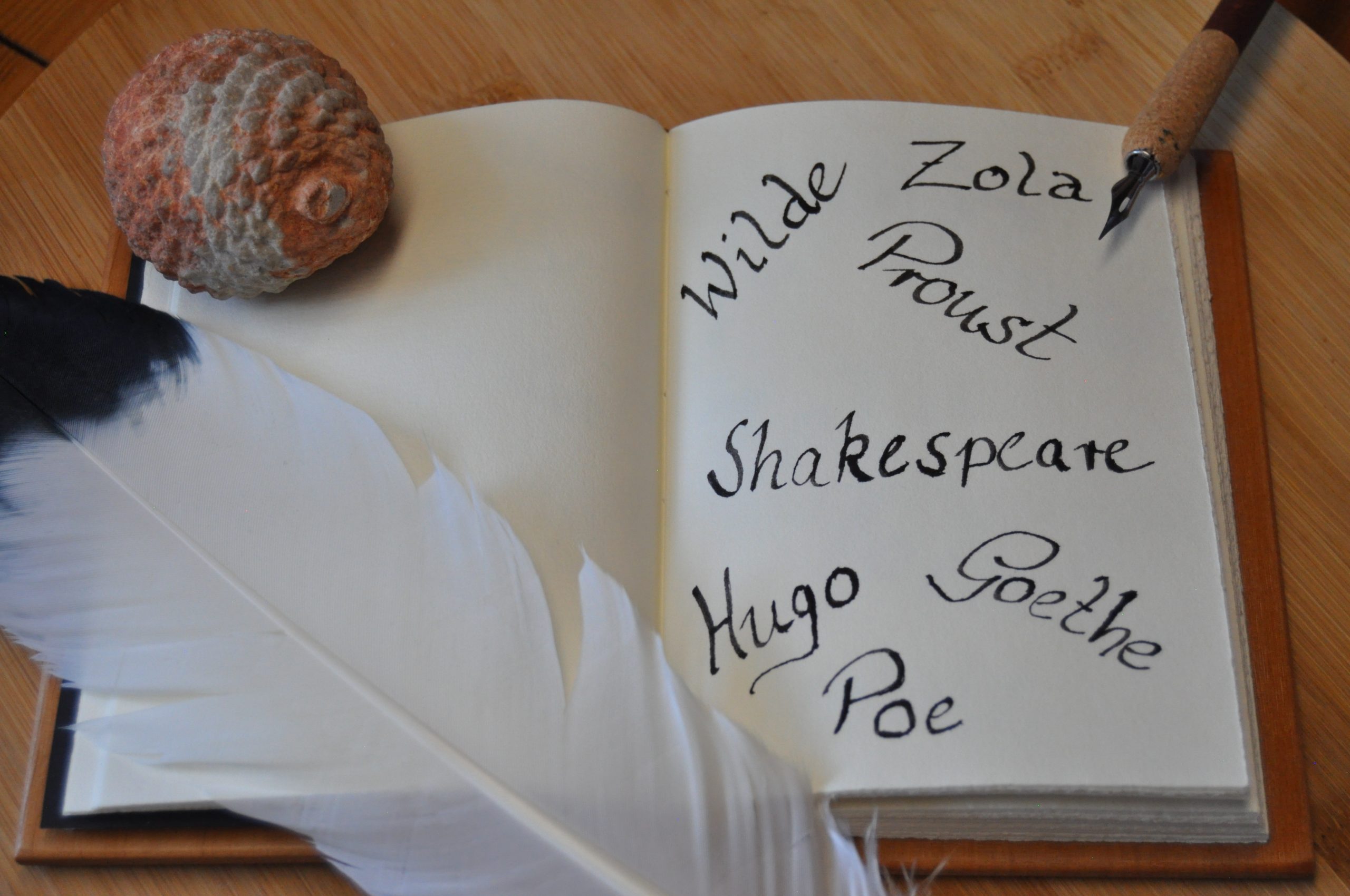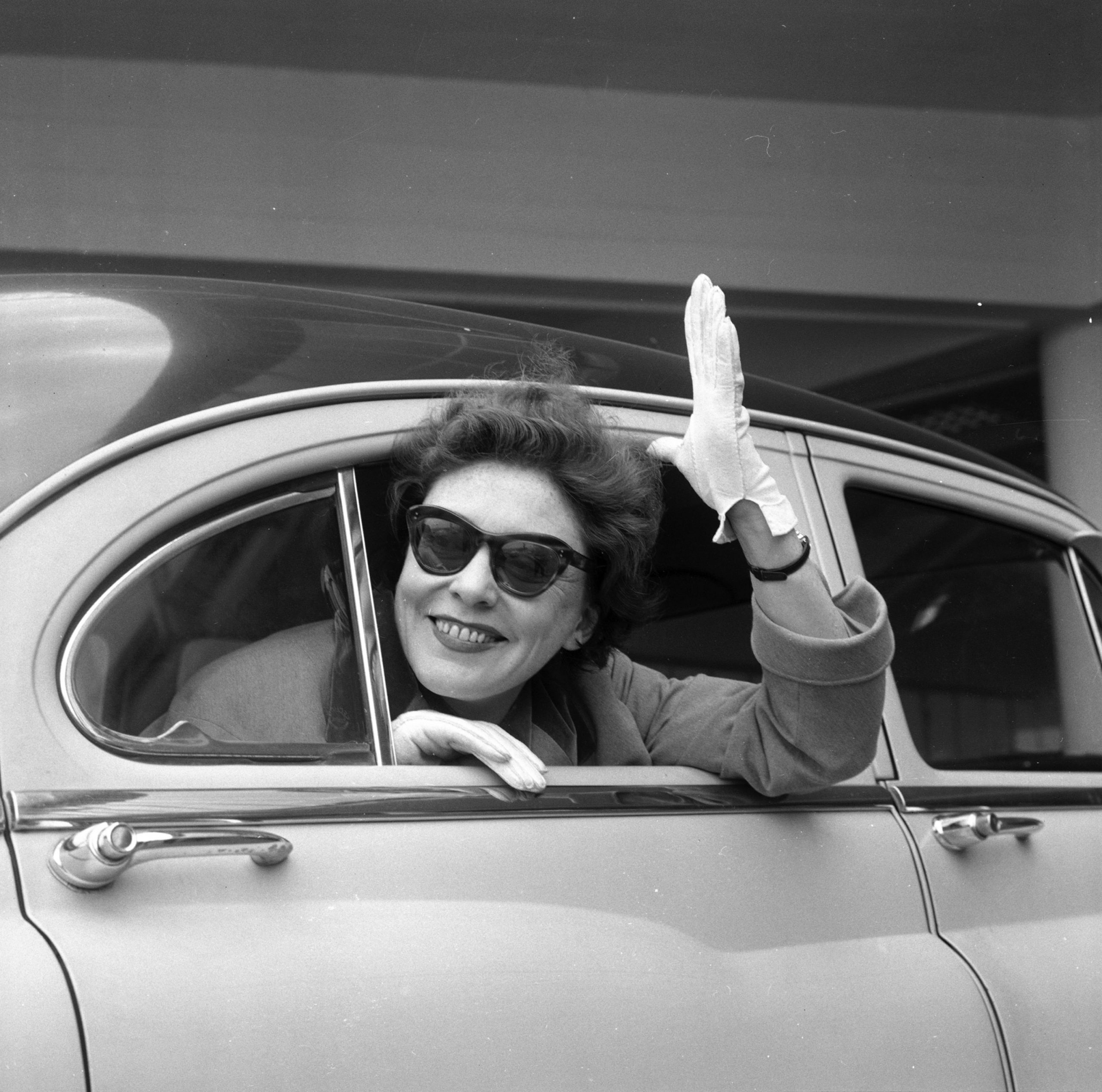“Zarah, we’ll never forget you!“ read a graffiti inscription on the Berlin Wall in June 1981, a few days after the death of the famous actress and singer. Who was the actress and singer who, after her career peak in the thirties and forties, had an unprecedented, thirty-year post-war career and was therefore also very well-known among young people?
Zarah Leander was a unique phenomenon in the German film and music world. With her interpretations of classic Zarah Leander songs like Der Wind hat mir ein Lied erzählt [The Wind Has Told Me a Song] or Kann denn Liebe Sünde sein? [Can Love Be Sin?], she captivated audiences like no other singer.
Although the Swedish-born Zarah Leander became one of the biggest stars of German cinema, she always remained close to her Swedish homeland – often, the singer interpreted Swedish songs and performed on stage in Sweden. It is hard to believe that Zarah Leander never received formal singing or acting lessons: There is no doubt that her vocation was to be on stage and to fascinate people with her presence.
Theatre and film played a major role for Leander early on.
Fritzi Massary
The Zarah Leander myth began with her unique voice: When the young Leander auditioned for the Swedish revue king Ernst Rolf in 1929, he immediately noticed Leander’s distinctive contra alto voice.
When Zarah Leander stood in for the Swedish operetta singer Margit Rosengren on the evening of 27 October 1929 and sang the song Wollt Ihr einen Star sehen, schaut mich an (“If you want to see a star, look at me“), the Swedish public took notice of the singer for the first time.
Theatre and film played a major role for Leander early on: in 1926 she asked her father to give her the travel money to see a performance by the legendary operetta queen Fritzi Massary in Berlin. Leander’s father was the only one in her family who had any understanding for his daughter’s fascination with theatre and film: her brothers made fun of their sister’s screen dreams, her mother was strictly conservative and was of the opinion that her daughter should learn a “real profession”. At first, the young Zarah Leander complied with her mother’s request: For some time she worked as a secretary in a Stockholm book publishing house. But from the beginning it was clear that this would not be a job that would fill Zarah Leander…
The Merry Widow
“I want to stand on a stage and make people listen to me – and applaud,” Zarah Leander formulated her dream in her memoirs.
When Leander applied for admission to the Royal Acting School in Stockholm in 1926, she was rejected: However, the young woman met the actor Nils Leander on this occasion, whom she married a short time later. Until then she had been called Sara Stina Hedberg – through her marriage the name Zarah Leander was born. Nils Leander arranged some supporting roles for the young actress, which gave her her first acting experience. The audition for the revue king Ernst Rolf and Zarah’s subsequent stand-in for Margit Rosengren in 1929 can also be traced back to her husband’s initiative – her appearance in October 1929 got her a recording contract. By 1936, Zarah Leander had recorded eighty different songs in Swedish, including a Swedish version of the Marlene Dietrich classic Falling In Love Again. During this time, Zarah Leander worked, among others, for the Gösta Ekman-Theater AG, one of the most renowned theatre companies in Sweden at the time. While working for Gösta Ekman, Zarah Leander gained a reputation as an operetta actress with her role in The Merry Widow (Franz Lehár), among others. The composer transposed Leander’s role in The Merry Widow two octaves lower because of her contra alto voice.
Axel an der Himmelstür
Zarah Leander has always been connected with German culture: She had a German nanny, her piano teacher was from Germany and her father had studied organ building and music in Leipzig. Therefore, Leander was already familiar with the German language and culture at an early age.
Before she was to enter the service of the German film industry, her path first led her to Vienna: the operetta buffo Max Hansen, together with Paul Morgan and Ralph Benatzky, had written the 1936 musical Axel an der Himmelstür [Axel at the Door to Heaven]: In the musical, everything revolves around the film reporter Axel Swift (played by Max Hansen), who hopes for his breakthrough with a story about the big film star Gloria Mills (played by Zarah Leander). The musical was set up at the time as a parody of Hollywood: In particular, it parodied the stardom that surrounded film stars like Greta Garbo. Zarah Leander shone with vocal numbers such as Gebundene Hände [Tied Hands] and achieved her breakthrough practically “overnight”, although this breakthrough was preceded by years of work for music labels. With her success in Axel an der Himmelstür, Zarah Leander’s German-language career began: UFA, the leading German film studio, also took notice…

Picture credit: ETH-Bibliothek Zürich, Bildarchiv / Photographer: Comet Photo AG (Zürich) / Com_M04-0276-0006 / CC BY-SA 4.0
UFA films: Career highlight
Less than two months after the premiere of Axel an der Himmelstür on 1 September 1936, Zarah Leander signed a film contract with the UFA studios: Zarah Leander was granted a say in the choice of film material and composers – anything but usual for the time. Already with her first three UFA films, Zu neuen Ufern [“To New Shores“, 1937], La Habanera (1937) and Heimat [“Home“, 1938], Zarah Leander was regarded as the film diva par excellence not only in German-speaking countries but in almost all of Europe. The Swedish press remarked that Zarah Leander perfectly represented Swedish film and theatre culture in Germany – this positive tone of the European press only changed in the course of the Second World War. But until the early forties, Zarah Leander was considered the film star par excellence in Europe. With historical films such as Es war eine rauschende Ballnacht [It was a Rousing Ball Night, 1939], loosely based on the life of Tchaikovsky, or Das Herz der Königin [The Queen’s Heart, 1940], which was about the life of the Scottish queen Mary Stuart, parallels were deliberately created with the Greta Garbo historical films that were being made in Hollywood at about the same time.
Directed by Rolf Hansen, Zarah Leander made the film Die große Liebe [The Great Love] in 1942: it was her penultimate film before the end of the Second World War. Zarah Leander immortalised herself with the two songs Ich weiß, es wird einmal ein Wunder geschehen [I know there will be a miracle one day] and Davon geht die Welt nicht unter [It’s not the end of the world]. The film belongs to the genre of musical films and is in some respects a pessimistic film – instead of distracting the population from the suffering of war with completely different themes, the deprivations and sufferings of war were presented to the cinema audience. The American film historian David Stewart Hull questioned the extent to which this film – contrary to numerous claims – had any propaganda content at all. Hull emphasised that the film was shown again immediately after the Second World War. This was extremely unusual: many films from the period between 1933 and 1945 were not shown again in Germany until many years later.
From 1943 until the end of the war, Zarah Leander withdrew to her Lönö estate in Sweden. Berlin, completely destroyed by the war, was no longer what she had once known.
The German public had not forgotten Leander, on the contrary, they cheered her more than ever.
Post-war career
Zarah Leander’s first recordings after the war were made on 24 October 1947. A triumphant concert tour followed in 1948/49. The German public had not forgotten Leander, on the contrary, they cheered her more than ever.
Zarah Leander was never banned from performing: however, it was customary at the time for an artist to apply for permission from the occupying forces before performing in an occupied zone. This often led to postponements and complications – newspaper reports later gave rise to the fallacy that Zarah Leander had been banned from performing.
In the fifties, Zarah Leander was in demand as never before: extensive tours took her through Europe, to Greece and even to South America. There wasn’t a major theatre that didn’t try to get a Zarah Leander guest appearance in the fifties and sixties: the actress still made a few films, but returned to her origins as a theatre actress. The list of Zarah Leander guest appearances from this period is almost endless.
Unique
“The roles I played were adapted to my way of being. I never had to put myself in the soul of another woman, I always played the way I felt. Maybe that’s why it sometimes turned out well,” Zarah Leander later said, looking back on her career. Critics often accused her of only changing her costume, but never of playing different types of roles. Leander agreed with this statement – yet she was also able to play roles, such as that of Mary Stuart in 1940, that were hardly adapted to her own person. For an actor portrayed as a larger-than-life star, it is always difficult to take all the personal notes out of the acting – if one accuses Zarah Leander of just changing her costume, one would have to accuse Garbo of the same. For both actresses, Zarah Leander and Greta Garbo, there was nothing more terrible than having to play themselves.
In the end, what remains is that there has never been a second Zarah Leander and there never will be. Her deep contra alto voice, her imposing appearance and her worldly charm made her a unique personality in the world of film and music.
Main sources: Paul Seiler’s (1936 – 2017) Zarah Leander archive and Leander, Zarah: Es war so wunderbar. Mein Leben, 1973 Hoffmann und Campe [It was so wonderful. My Life.]
Cover picture: Zarah Leander in 1955 in Kloten.
Picture credit: ETH-Bibliothek Zürich, Bildarchiv / Photographer: Comet Photo AG (Zürich) / Com_M04-0276-0010 / CC BY-SA 4.0

 Deutsch
Deutsch Français
Français
